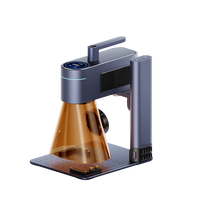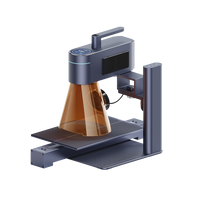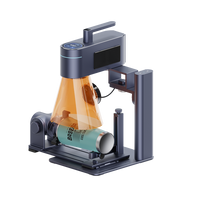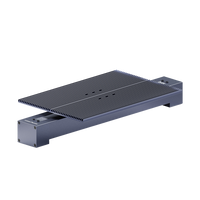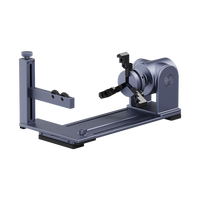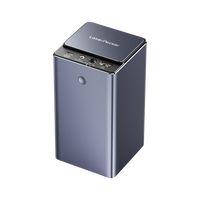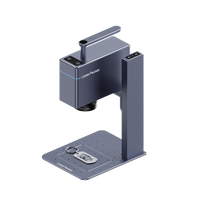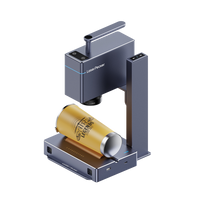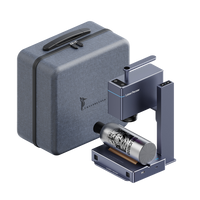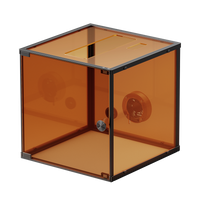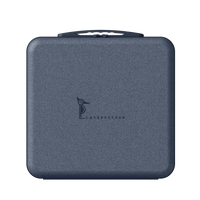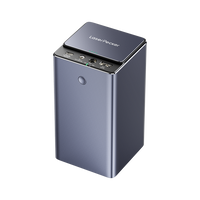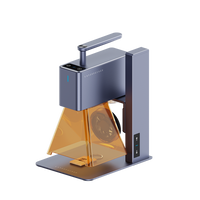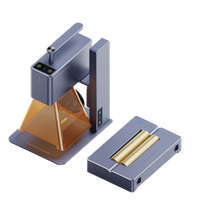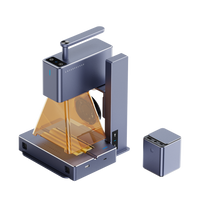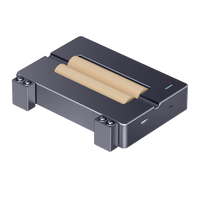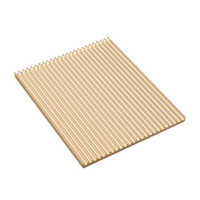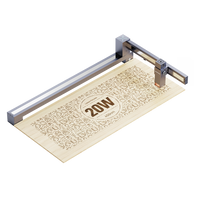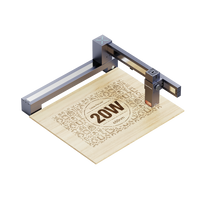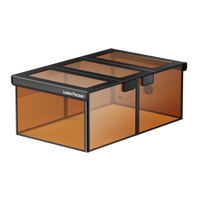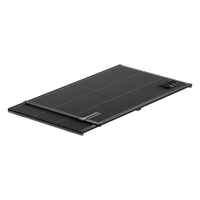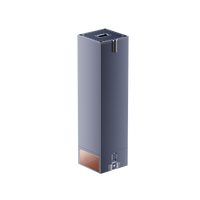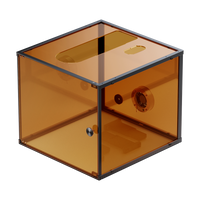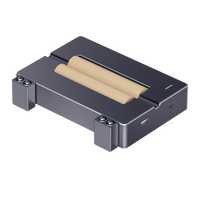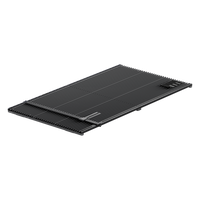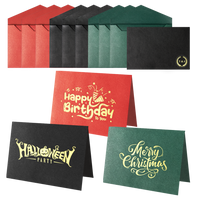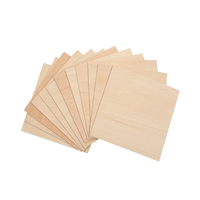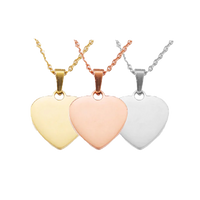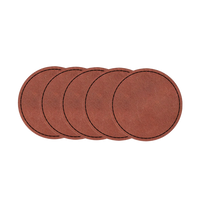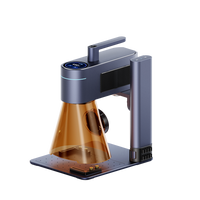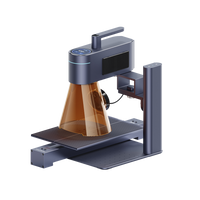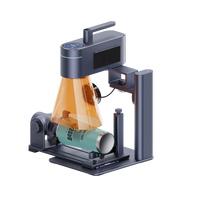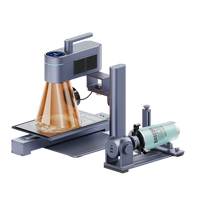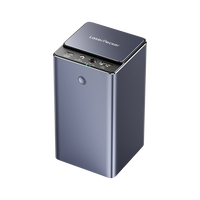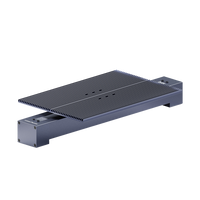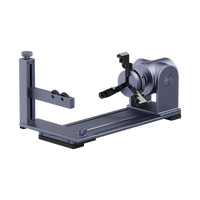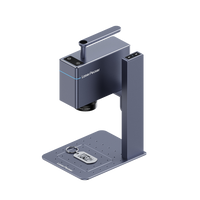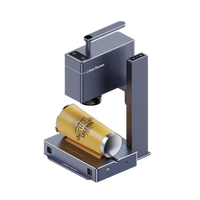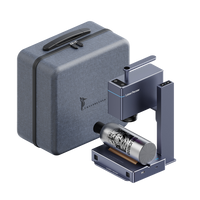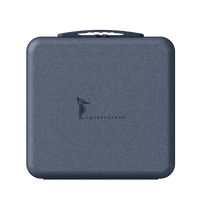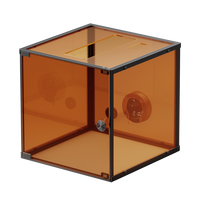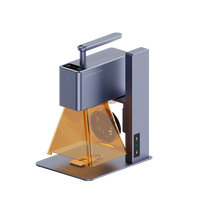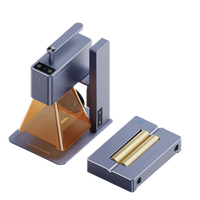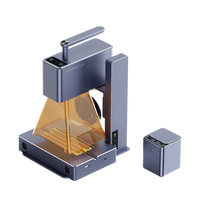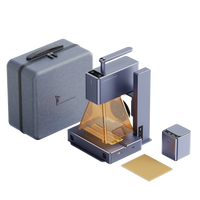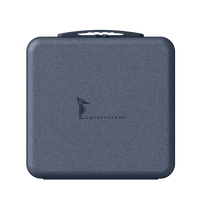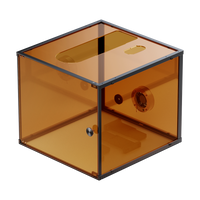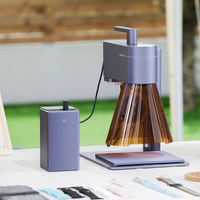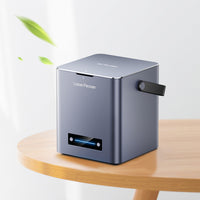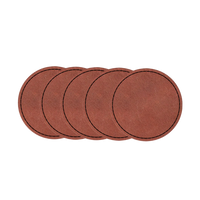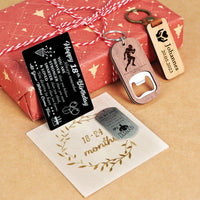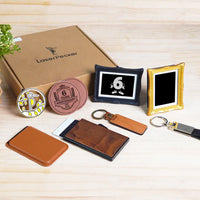Fabric refers to flexible material made by weaving fibers together. It is commonly used in clothing, upholstery, bedding, and other textiles.
In this guide, we'll delve into fabric laser cutting, covering all aspects from beginning to end! Let's embark on this exciting journey together!
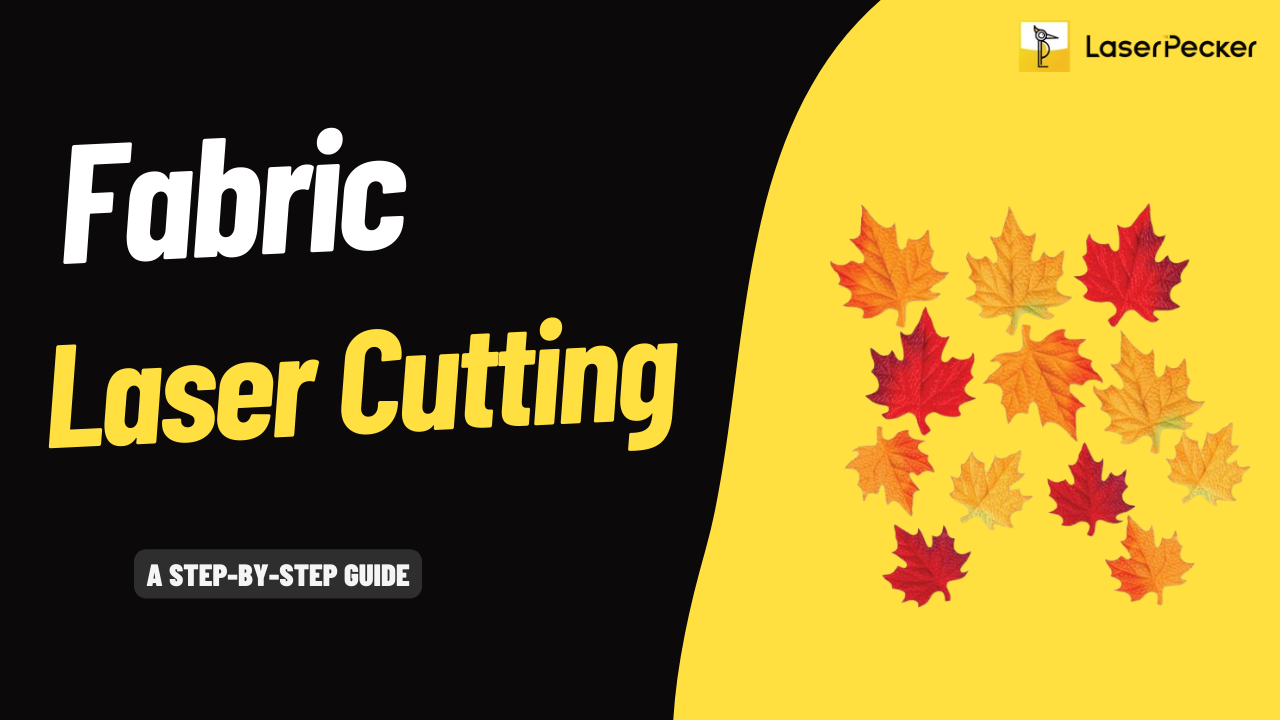
In this article:
- Part 1: The Overview of Fabric Laser Cutting?
- 1.1 What is Fabric Laser Cutting?
- 1.2 How Does Laser Cut Fabric?
- 1.3 What is Laser Cutting Machine for Fabric?
- 1.4 What Fabrics Are Safe for Laser Cutting?
- Case Study: Laser Cut Fabric Cutouts Within 5 Steps 🔥
Part 1: The Overview of Fabric Laser Cutting?
1.1 What is Fabric Laser Cutting?
Fabric laser cutting, also known as laser cutting fabric, is a refined method for precisely shaping fabric material into various designs, letters, or shapes. Cutting fabric with laser, your creative ideas can be transformed into stunning crafts effortlessly.
1.2 How Does Laser Cut Fabric?
"Can you laser cut fabric?" Yes! Laser cutting fabric involves the use of a high-powered laser beam that is focused onto the fabric's surface. The intense heat generated by the laser beam causes the fabric to get cut along the path of the beam, resulting in a clean and precise cut.
Since the laser beam is controlled by computer software, even intricate and complex designs can be cut with high accuracy. Compared to other fabric cutting methods, this method produces smooth edges and minimal kerf width, making it perfect for intricate patterns and shapes.

1.3 What is Laser Cutting Machine for Fabric?
To laser cut fabric, you'll require a laser cutter, which is crucial for streamlining the cutting process and achieving precise results. With various laser cutting machines on the market (like Diode laser engraver, CO2 laser engraver and Fiber laser engraver), many may ask: "Which laser is best for fabric laser cutting?" or "What machine do I need to cut fabric?"
Actually, it depends on your engraving needs. For home or small-scale fabric laser cutting project, diode laser engravers are the best choice. Because these diode laser engraving machines are easy to use and budget-friendly compared with other fabric laser cutting machines.
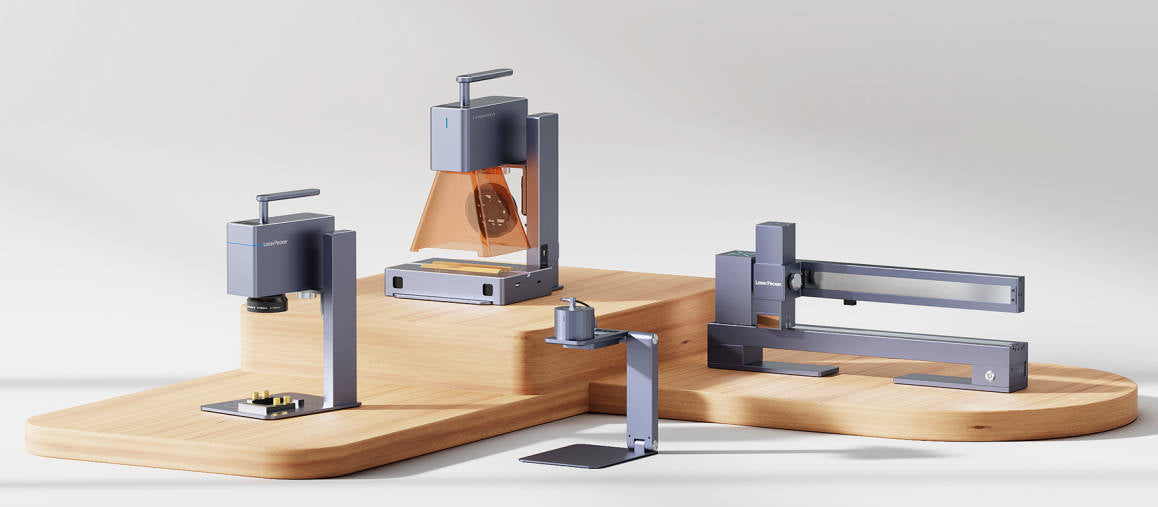
1.4 What Fabrics Are Safe for Laser Cutting?
Safe fabrics for laser cutting include natural fibers like cotton, linen, silk, and wool, along with synthetic fibers such as polyester and nylon. Avoid fabrics with PVC or vinyl coatings, as they can emit harmful gases during laser cutting. Always check guidelines or perform tests for suitability.
🔥 Case Study: Laser Cut Fabric Cutouts Within 5 Steps
Preparation checklist for laser cutting fabric cutouts:
- Cutting Material: 1-3 mm Fabric Sheet
- Cutting Machine: Diode Laser Cutter
- Cutting Design: Designs, letters, shapes, etc.
"Can you laser cut fabric cutouts with a laser cutter?" Yes! The process is straightforward. So, How long does it take to cut fabric? Don't worry, just follow these 5 simple steps to get your laser cut fabric crafts in a few minutes!
Step 1: Choose Your Material - 1-3 mm Fabric Sheet
Selecting the right material is crucial for the laser cut fabric. Different materials require specific laser settings to ensure precise cutting. Besides, please remember that it's important to ensure that the fabric material is laser safe to avoid any potential safety hazards.
In this guide, we'll use a case study on cutting fabric into autumn leaf shapes!

Step 2: Choose the Right Laser Cutting Machine for Fabric Cutting
Here, we recommend LaserPecker 4 (LP4), that excels in fabric laser cutting.
Main Features of LaserPecker 4
- Dual-Laser Capability: Equipped with a 2W IR laser and a 10W blue diode laser, LP4 excels in laser engraving as well as laser cutting.
- Enhanced Material Compatibility: LP4 is compatible with a wide range of materials, including fabric, MDF, leather, paper, acrylic, glass, wood, titanium, silver, silicone, crystal, stone, plastic and more.
- Improved Resolution: With selectable resolutions ranging from 1k to 8k, the LP4 provides increased flexibility, allowing users to choose the level of detail that best suits their needs.
- High Engraving/Cutting Accuracy & Speed: The LP4 exhibits high engraving/cutting accuracy and speed, achieving precision levels up to 0.003 mm and speeds reaching up to 4000 mm/s.
Step 3: Prepare Your Cutting Design
Use a free graphic design app/software or third-party graphic design tools like photoshop to create or import the shape or design you want to cut on the fabric sheet's surface. Consider size, shape, and other details.

Step 4: Set up the Fabric Laser Cutting Machine
Firstly, Make sure your cutter is powered on, and then connect your laser cutter to your computer or mobile device using the appropriate interface (USB, Bluetooth, etc.)
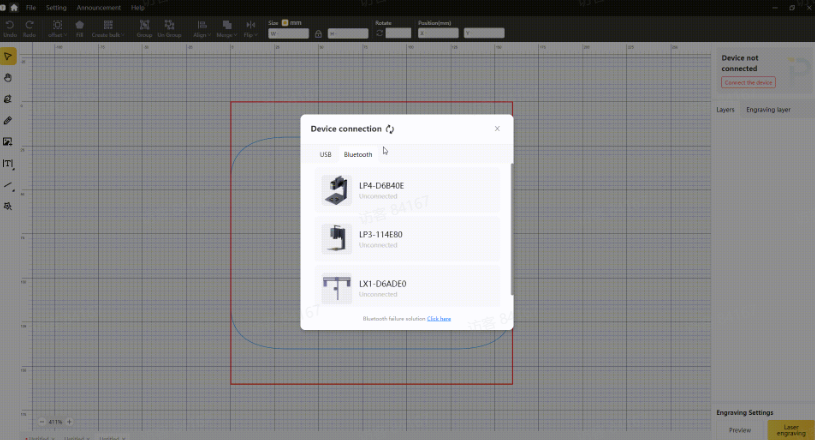
Secondly, Open the LaserPecker Design Space and load your design. (formats like JPG/PNG/G-Code/SVG etc are all acceptable)
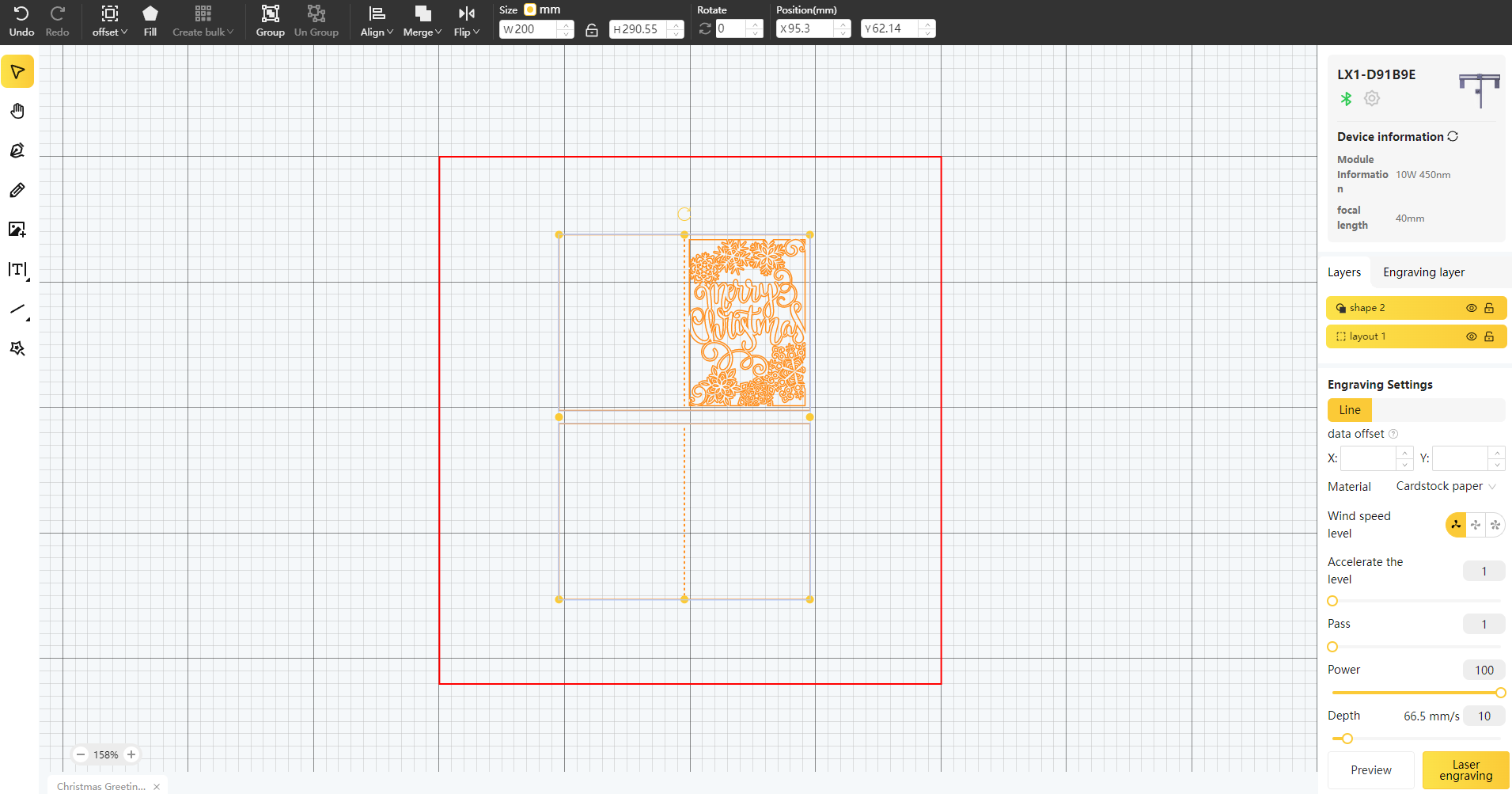
Thirdly, Place the items within the designated working area and check if the laser lens is properly focused. There are two ways to check.
If you choose LaserPecker 4 (LP4), the first method is to use a ruler to measure the distance between the fabric's surface and the machine, with a recommended distance of 15cm or 150mm.
Alternatively, you can achieve the correct focal length by judging whether the two red dots emitted by the machine overlap. This ensures precise focusing for optimal cutting & engraving results.
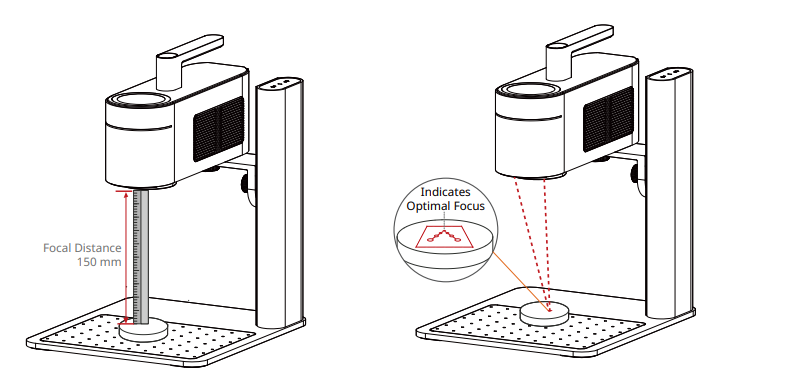
Fourthly, You need to turn on the "Preview" mode to see if the design fits properly on the fabric surface. If it doesn't, adjust its size and position to match the dimensions of your material.
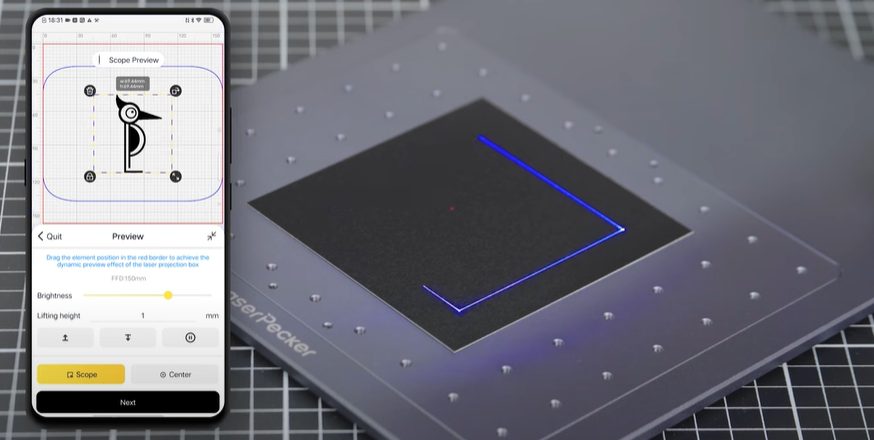
Finally, Access the software's laser settings to adjust parameters like power, speed, and resolution according to the fabric's properties and design intricacy.
When operating a laser engraving and cutting machine with a 450 nm blue laser, it's advisable to wear goggles or use a laser protection cover to protect your eyes and body from potential harm, as the blue laser can pose risks.
To explore other recommended laserpecker engraving and cutting parameters, refer to the settings table that applies to any laserpecker machines, including LP1, LP2, LP3, LP4 and LX1.
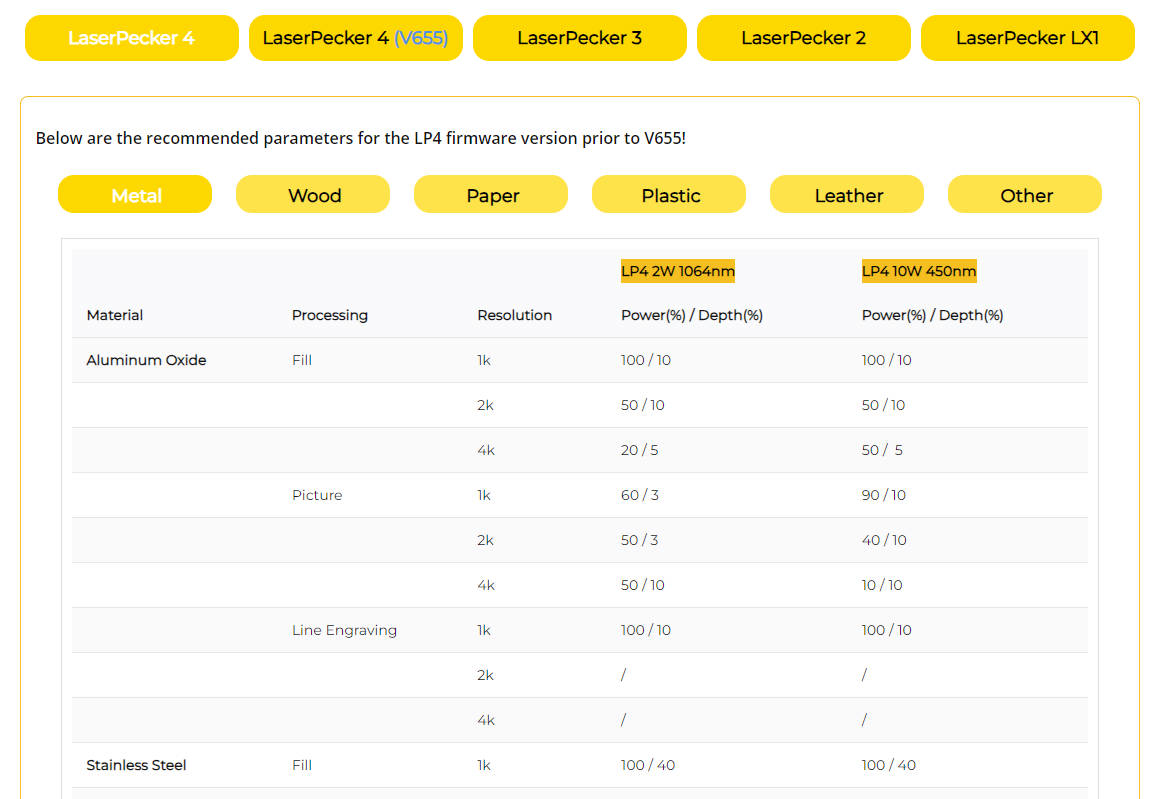
Step 5: Start Cutting Your Fabric With Laser Now
Double-check everything to avoid mistakes. Then, hit the start button and watch the magic happen. The laser brings your design to life. Keep an eye on it, and you're all set!
After laser cutting, you might want to add patterns or designs on the laser cut fabric. In such cases, laser engraving the fabric can be beneficial.
Additionally, please be mindful that smoke may be emitted during the fabric laser engraving process. Wearing a mask or employing an air purifier is essential for safety.

Conclusion
In summary, fabric laser cutting offers versatility and precision, transforming fabric into intricate designs and functional products with clean edges and intricate patterns. It opens up endless possibilities for artistic expression, industrial manufacturing and personal projects.




















